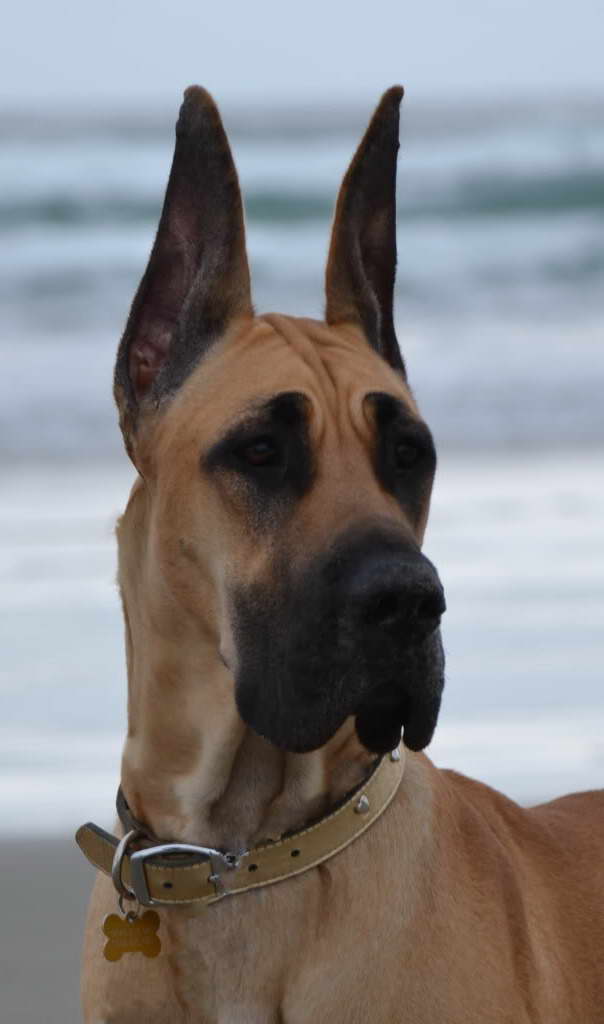
Great Dane Ear Cropping
There are many styles of Great Dane ear cropping. These styles vary in length and appearance, but in general, the longer the crop, the more artistic the finished result will look. The pet crop, on the other hand, is easier to maintain and is ideal for novice Great Dane owners. The only downside to this style is the length of the ear tip. If you prefer your Great Dane’s ears to remain as long as possible, consider a medium-length crop.
After undergoing Great Dane ear cropping, your pup will require a suture removal appointment. This appointment is scheduled approximately 14 days after the surgery. During this time, your puppy will be in a “cone of shame” until the sutures are removed. The sutures will eventually become itchy. Great Danes may also itch the suture so be prepared for a bit of discomfort.
Preparing
Before undergoing ear cropping, be sure that your Great Dane is in good health. Only remove the fringe of fur surrounding the ear to prevent infection. An ear band is an alternative for a more comfortable fit. Before performing ear cropping, make sure you consult a qualified veterinarian. This procedure will be much easier for your Great Dane if you have the right medical history and care for your dog.
The practice of Great Dane ear cropping began a long time ago as the breed was used for hunting wild boar in Europe. Although boar hunting is a challenging and dangerous task, it can be very brutal on dogs. Ear cropping was originally developed to prevent these dogs from suffering from serious injuries during the boar hunt. Today, however, the practice is considered cruel and inhumane to animals. You might have to ask yourself if this is worth it for you to compete in a dog show.
Some veterinarians are strict about the age at which Great Danes can undergo this surgery. Others, however, don’t care about the age or weight of their patients. The stricter laws have made the practice less popular. Fortunately, many people have raised awareness about this procedure and worked to stop it. But, while it’s not completely legal in all states, it can be a very effective way to enhance your dog’s appearance.
Why You Should Not Crop Dog Ear
Unlike other types of cosmetic surgery, ear cropping is often very painful for the dog, and the healing time can be long. As a result, ear cropping has been banned in most of Western Europe. It is still common in North America. However, it isn’t appropriate for every Great Dane. There are many factors to consider before choosing to have your Great Dane undergo this procedure. Just remember that there are many risks associated with the procedure.
While ear cropping is considered largely cosmetic, it can also be a beneficial way to prevent a variety of Great Dane health issues. Regardless of whether you opt to undergo this procedure, it is important to seek the advice of a veterinarian before making the decision to do it. The process is more painful than it should be, but if you’re willing to take the time to do it, your dog will thank you for it!
Cost
The cost of Great Dane ear cropping varies greatly. While some veterinarians offer this procedure, some don’t, you can expect to spend between $500 and $600. The cost may vary depending on the veterinarian you visit and the location of the procedure. However, you should expect a good ballpark figure of $500. For a quality ear crop, you should be able to spend around $500. If your Great Dane is old enough, you can also do it yourself.
Depending on the type of ear cropping your Great Dane has, it may take from six to twelve months to see visible results. You’ll need to apply ear wraps to the dog’s ears every week for six to twelve months. Ears should be wrapped securely to avoid infection and you’ll need to visit the veterinarian if you see any signs of discomfort or infection. During the process, you should also remember to clean the dog’s ears and re-wrap the post every few days.
The pet crop, also called a “pet crop,” leaves the ears at a medium length and is considered one of the easiest styles to perform. However, it is also the hardest to keep up, so a professional vet should be consulted. If you’re not sure what kind of cropping is right for your Great Dane, consider a military or working style. This will help you achieve the cleanest, most appealing look.
Leave a Reply